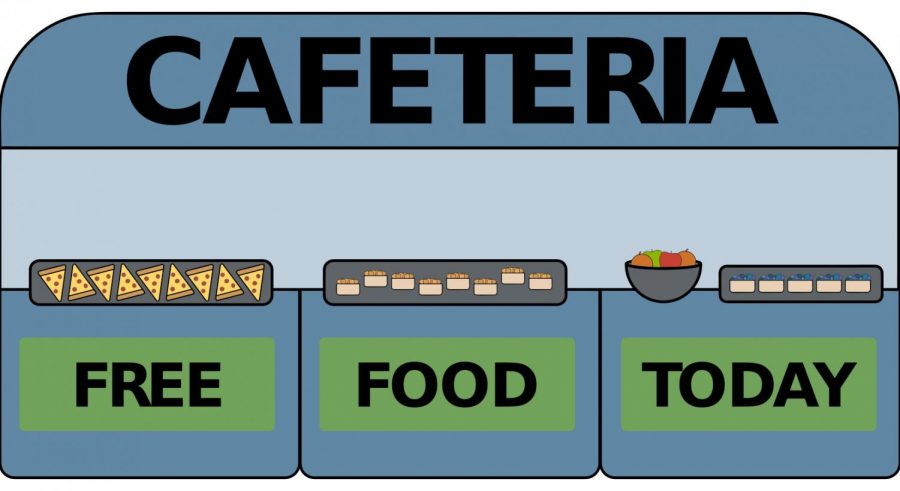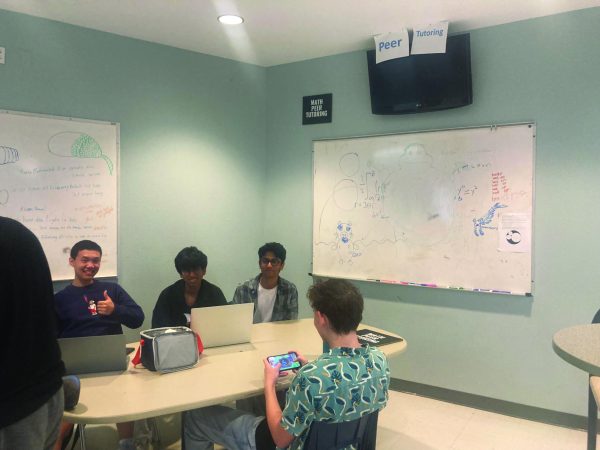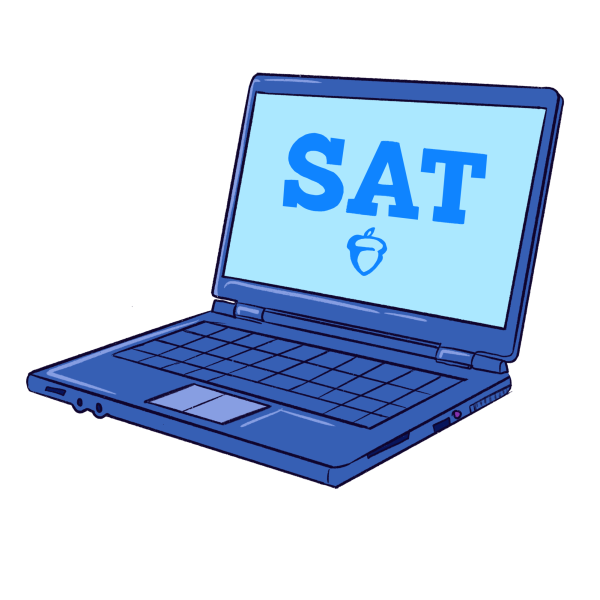AISD Offers Free Lunch
October 15, 2021
In previous years, students in the Austin Independent School District (AISD) had to bring their own meals, buy food from school, or register for free or reduced priced meals. But as a continuation of a federally funded program last year, the district is offering free breakfast and lunch to every student.
In March 2021, AISD began giving free meals for the first time, and over the rest of the school year, the district distributed more than 3 million free lunches. In April 2021, the United States Department of Agriculture decided to extend the free meal benefits until June 2022, allowing AISD to provide free school meals at all of their schools for the whole 2021-2022 school year. This new benefit allows students to consistently have healthy food and stress less about getting food that can help students focus better in school.
Whether students bring their lunch from home or get it at school, free lunches can lower students’ stress levels, according to executive chef Diane Grodek. She said free lunches can help students take one thing off their metaphorical plate—and add one more thing to their physical plate.
“LASA students are notoriously stressed and have a lot on their plate and do a lot of activities,” Grodek said. “This is one less thing for their parents to have to think about, for the kids have to think about. They don’t have to make their lunch. They don’t have to make their breakfast. They don’t have to worry about bringing money or putting money on their account. It’s just super simple, their food is taken care of for the whole time they’re at school.”
By having free meals, students also have the opportunity to concentrate in their classes more effectively. Healthy meals allow for students to focus better and have a better brain performance. Cafeteria manager Amanda Gilroy has two young kids, and she said that when they do not get food, it’s harder for them to focus. Her family’s experience with food is one of the main reasons why she believes nutrition is so crucial for everyone.
“If you’re giving your body the right nutrition, and keeping yourself satisfied, it helps you to stay more focused,” Gilroy said. “In the classroom, that’s very important.”
According to Grodek, students often think they will be fine if they do not have breakfast or lunch, but in reality this causes them to crash and leads to them operating at a much less efficient pace. The breakfasts and lunches provided at LASA are a complete meal, so instead of students bringing unhealthy snacks and foods to school, they can now go and get a healthy and fulfilling meal from the school cafeteria.
“I think we have really full, complete meals,” Grodek said. “I know at a lot of schools, kids will leave campus, or when they do eat lunch, they’re just bringing processed stuff from their house, like snack foods. Whereas here you can have a real full meal. You can have your milk, and protein, and some veggies, or a full sandwich, and you’re getting everything you need.”
The free meals program also has an effect on cafeteria staff who now have more students to distribute meals to during the day. Even though the new program makes the cafeteria staff, like Grodek, work harder to feed more students, she said it is worth it if it means that more students are getting proper nutrition from the free breakfast and lunch program.
“It’s okay because we’re feeding more kids,” Grodek said. “That’s our goal.”
The pandemic has caused many issues, such as job instability and increased poverty, for students and their families. Academic director Andy Paulson said providing meals for all students is one way LASA can provide for students during a difficult time.
“This global pandemic has taught us some things,” Paulson said. “We need to take care of each other, and this is one way that we’re going to help take care of each other.”
Another benefit of the free meals is that there will be less stigma around getting meals from school. According to Grodek, students might feel more open to the idea of getting breakfast or lunch from school since it is free for everyone instead of students assuming the cafeteria food is mostly for students who need free or reduced cost meals due to their financial situation.
“Lunch for students in certain schools was stigmatized for a long time, that maybe it was only for kids that couldn’t afford it or only for kids that were free or reduced,” Grodek said. “Now that it’s free for everyone, it really opens it up, that everybody can come join us for lunch. It’s not just because you maybe can’t afford it. I think it will help us to get rid of some of the stereotypes that have been forever with cafeteria food.”
From short term effects of better student concentration and nutrition to long term benefits of weakening stereotypes, the free lunch program can help students, according to Grodek. Gilroy, Grodek, and Paulson all hope students will use the free meals program.











